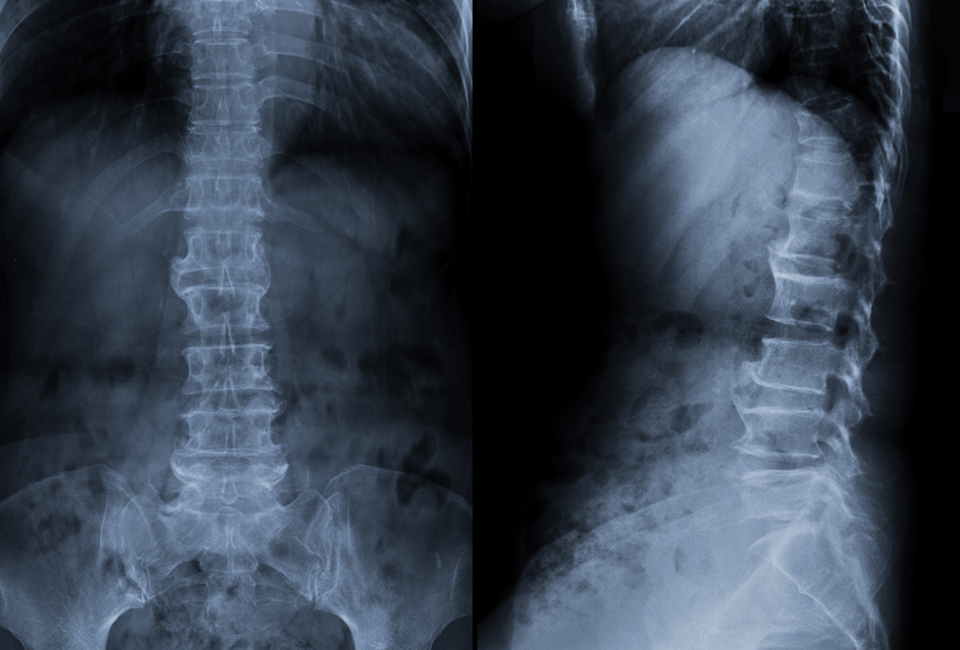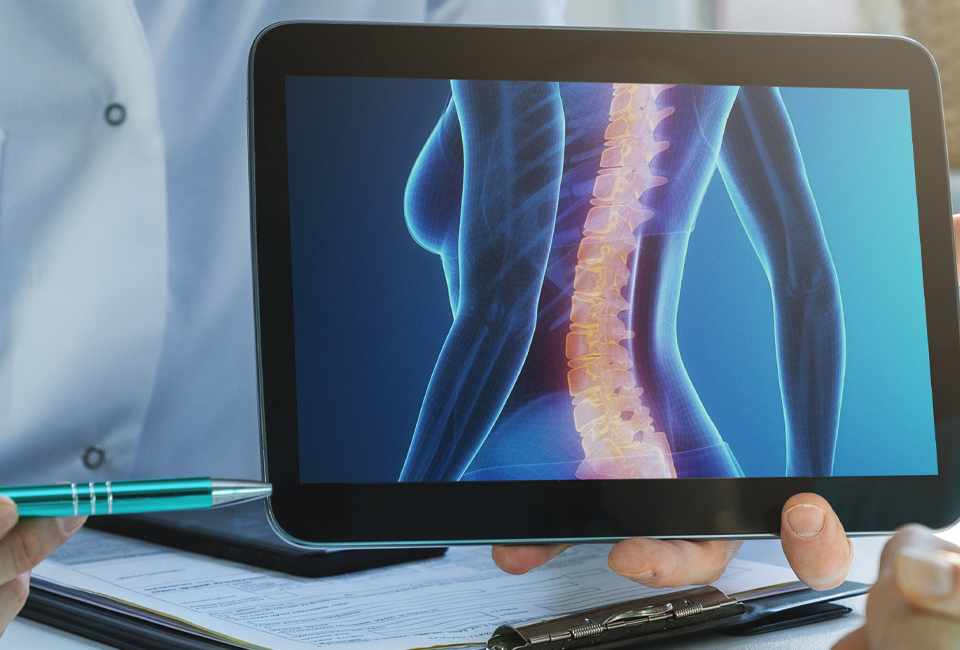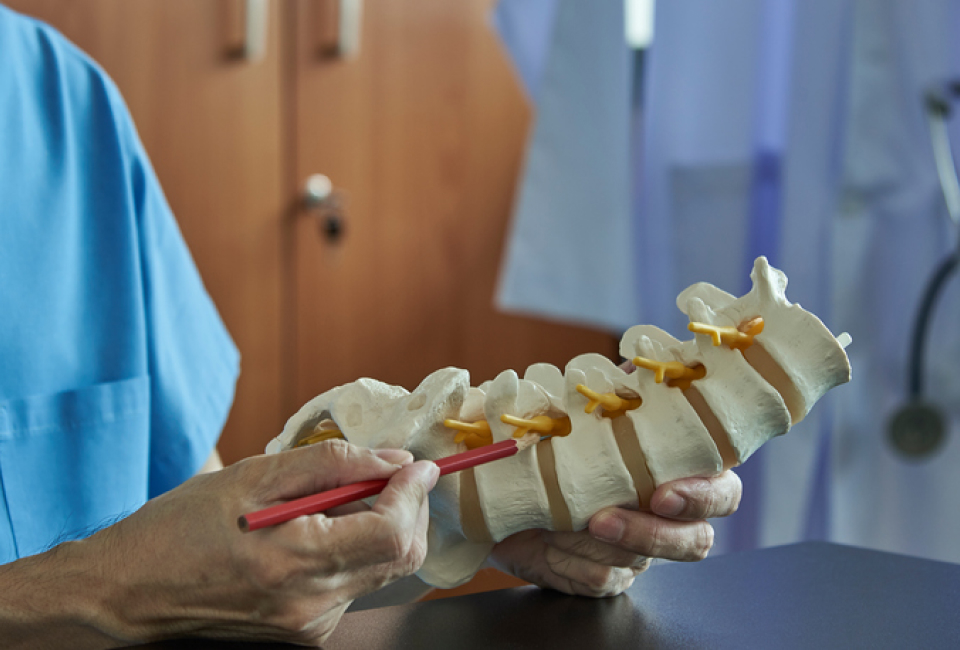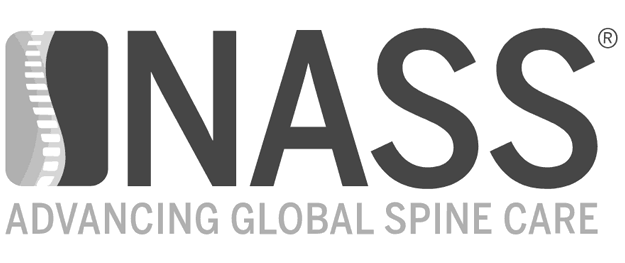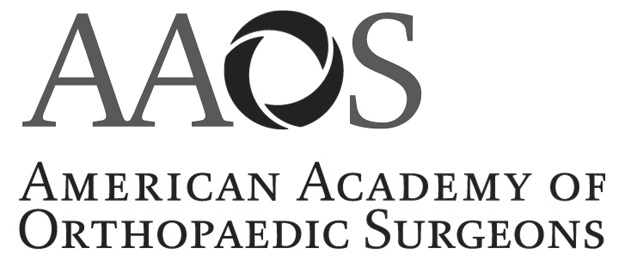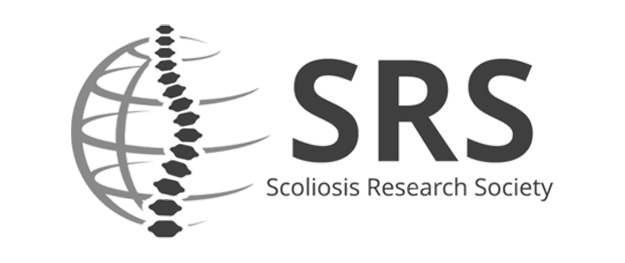CONDITIONS EXPLAINEDDegenerative Joint Disease
CONDITIONS EXPLAINEDDegenerative Joint Disease
Degenerative joint disease is a condition commonly affecting patients of advancing age. With time, the tissues cushioning the junction of the vertebrae lose water growing more brittle with time. These cushions are composed of a fibrous outer coat with a gel-like nucleus called the nucleus pulposus. When the joint has degenerated, the weakened walls of the fibrous capsule can tear open, out of which the nucleus pulposus will bulge causing pain, compression of local structures, and releasing inflammatory mediators that compound the compressive effects.
Though this is the most common presentation of degenerative joint disease, it may also occur secondary to a host of other factors such as:
- Injury, in which trauma affects the joint itself.
- Activity levels, especially in those that engage in activities with a higher rate of wear and tear, such as running, or commonly moving heavy objects.
- Lifestyle choices, including posture and good orthopedic hygiene.
- Obesity creates excessive pressure on underlying structures and will accelerate spinal conditions.
- Smoking has been shown to be associated with joint degeneration.
- Genetics often plays a role in making certain individuals more prone to failure of the joint.
- Concomitant Spinal Diseases can accelerate the degeneration of a joint.
Degenerative joint disease typically begins some time in the early 20s, but is usually clinically silent until the 60s to 70s. The process is gradual, and most will not experience any symptoms until this degeneration has advanced. Presentation most often starts with pain especially in the back, and may radiate down the buttocks into the legs. Additional symptoms include:
- Cervical pain
- Rigidness of the back, as if locked up
- Weakness of the lower extremities
- Pain that worsens when seated
- Loss of motion of the spine
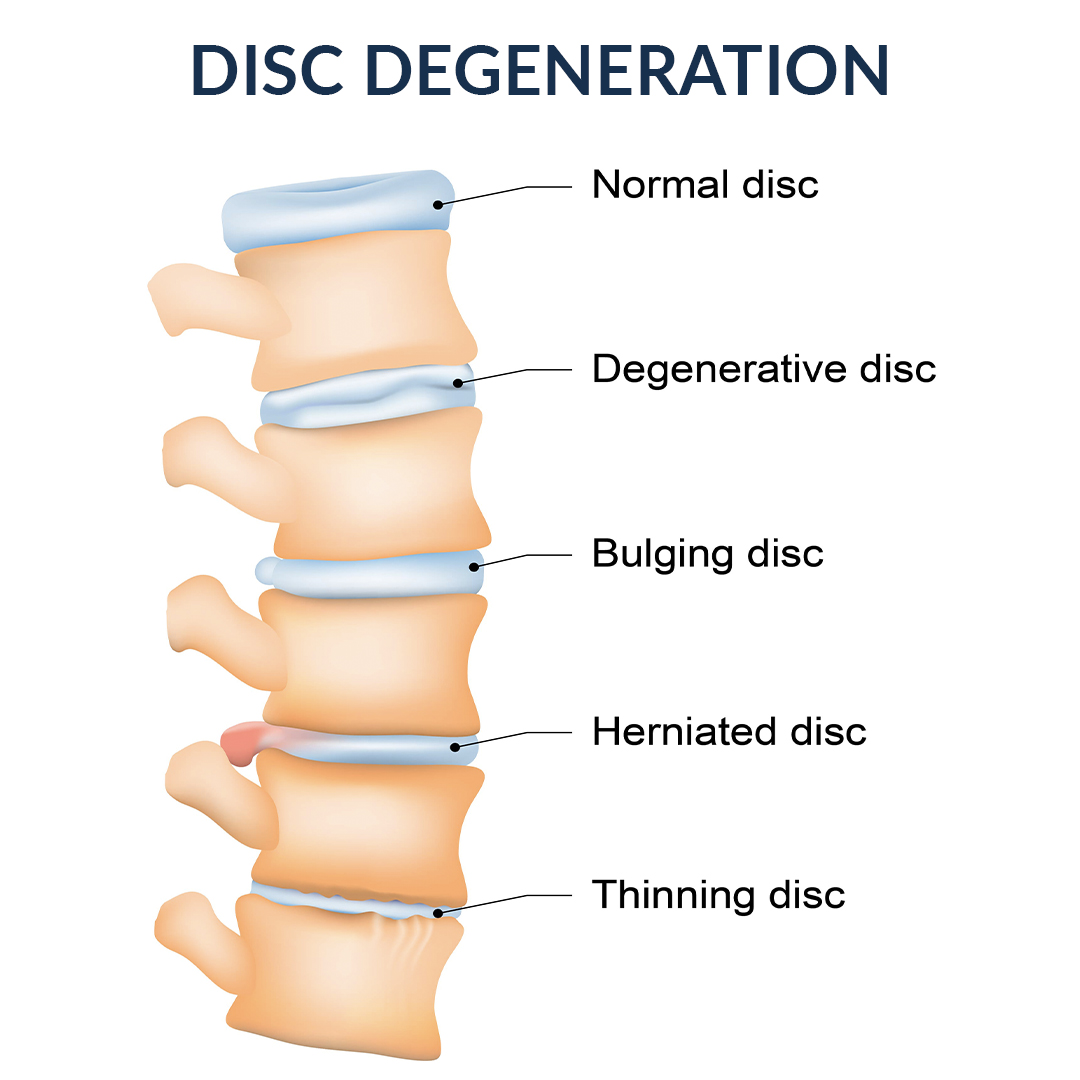
Degenerative joint disease is a condition commonly affecting patients of advancing age. With time, the tissues cushioning the junction of the vertebrae lose water growing more brittle with time. These cushions are composed of a fibrous outer coat with a gel-like nucleus called the nucleus pulposus. When the joint has degenerated, the weakened walls of the fibrous capsule can tear open, out of which the nucleus pulposus will bulge causing pain, compression of local structures, and releasing inflammatory mediators that compound the compressive effects.
Though this is the most common presentation of degenerative joint disease, it may also occur secondary to a host of other factors such as:
- Injury, in which trauma affects the joint itself.
- Activity levels, especially in those that engage in activities with a higher rate of wear and tear, such as running, or commonly moving heavy objects.
- Lifestyle choices, including posture and good orthopedic hygiene.
- Obesity creates excessive pressure on underlying structures and will accelerate spinal conditions.
- Smoking has been shown to be associated with joint degeneration.
- Genetics often plays a role in making certain individuals more prone to failure of the joint.
- Concomitant Spinal Diseases can accelerate the degeneration of a joint.
Degenerative joint disease typically begins some time in the early 20s, but is usually clinically silent until the 60s to 70s. The process is gradual, and most will not experience any symptoms until this degeneration has advanced. Presentation most often starts with pain especially in the back, and may radiate down the buttocks into the legs. Additional symptoms include:
- Cervical pain
- Rigidness of the back, as if locked up
- Weakness of the lower extremities
- Pain that worsens when seated
- Loss of motion of the spine

Patient Animation VideoDegenerative Joint Disease
Experiencing Symptoms of Degenerative Joint Disease?
Detection & Diagnosis
When evaluating the possibility of a degenerative joint, a physician will typically order diagnostic tests to isolate the problem. The most common evaluations are:


